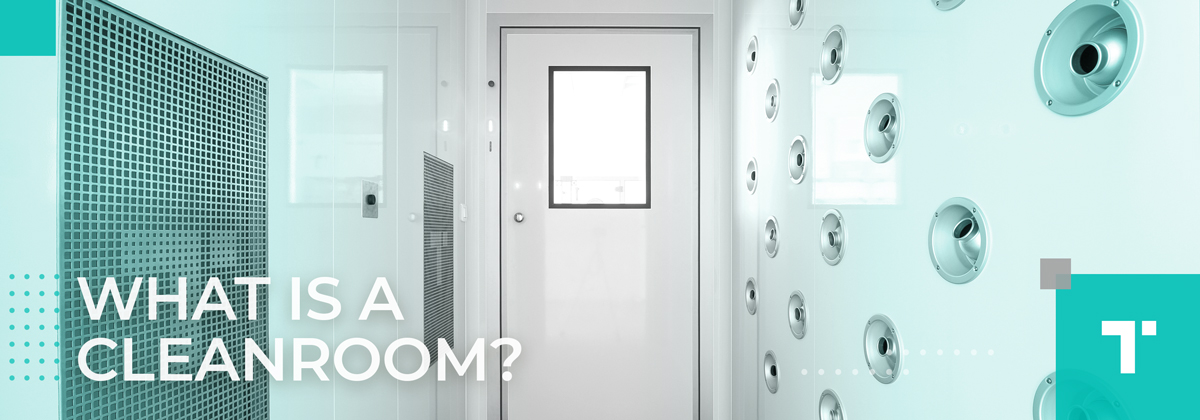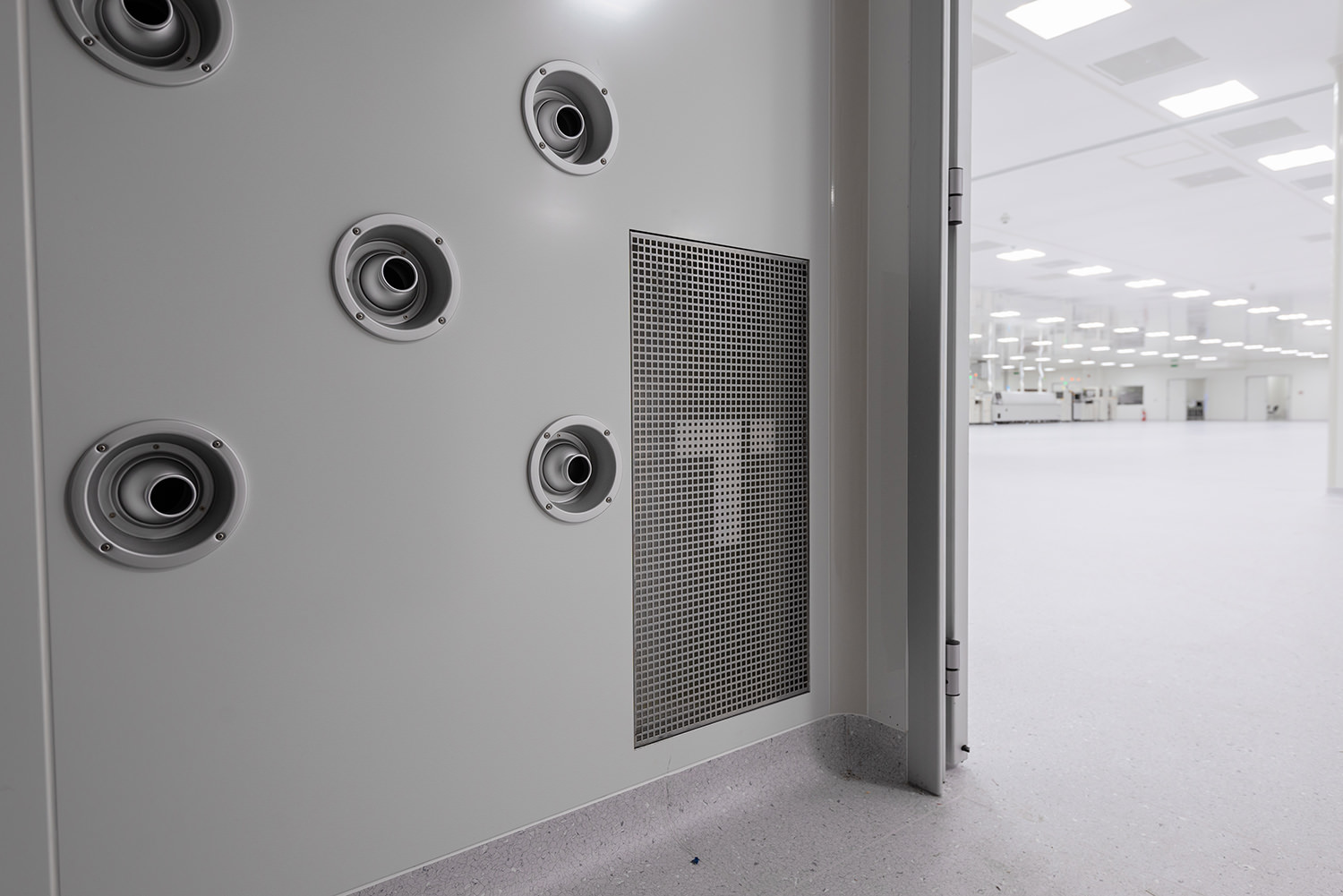
What is a Cleanroom?
How to simply explain this complex building?
Let’s start from ISO standard 14644-1 Cleanrooms and associated controlled environments.
“Room within which the number concentration of airborne particles is controlled and classified, and which is designed, constructed and operated in a manner to control the introduction, generation and retention of particles inside the room.”
For better understanding of cleanrooms, it is important to know that the class of airborne particle concentration is specified; levels of other cleanliness attributes such as chemical, viable or nanoscale concentrations in the air, and also surface cleanliness in terms of particle, nanoscale, chemical and viable concentrations might also be specified and controlled. Beside this, other relevant physical parameters might also be controlled as required, e.g. room temperature, humidity, pressure, vibration and electrostatic.
How can we control airborne particles levels within cleanroom?
There are different ways with different impact on cleanroom cleanliness:
1. The cleanroom itself must be built with materials that do not generate contaminants, particles, or outgas airborne chemical and must also be easy to clean.
2. Cleanroom design and cleanroom layout including grey zones, associated structures, air-treatment systems, services, and utilities.
3. Equipment inside the cleanroom must be designed to generate minimal air contamination. Cleanroom furniture must be designed to produce a minimum of particles and is easy to clean.
4. HVAC system (supply – exhaust – recirculation) with well-designed air change rate with hight efficiency HEPA or ULPA filters.
5. Pressure cascade principle – over pressure / under pressure to ensure that no contaminated air flows into the cleanroom.
6. Staff enter and leave through airlocks (sometimes including an air shower stage), and wear protective clothing such as hoods, face masks, gloves, boots, and coveralls, depends on cleanroom classification In fact, operator base contamination accounts for 70% to 80% of cleanroom contamination.
7. Cleaning procedure and intended disinfectants.
3D street view – Project Evalar
This blog was prepared by our Head of Termovent Academy, Aleksandra Bogovac, and in the future, you can expect a lot of texts like this from our Termovent Academy.
© 1993-2020 by TERMOVENT Komerc d.o.o. All Rights Reserved. Powered by Combo






